Halloween is a time for spooky costumes, haunted houses, and candy, but one peculiar phenomenon stands out in the realm of seasonal frights: Hell Houses. These gruesome attractions blur the lines between faith and fear, blending religious beliefs with theatrical horror. It's a concept that emerged in certain Christian circles as a way to evangelize, but it raises questions about the ethics of using theology to scare people.
Hell Houses: A Brief Overview
Hell Houses are a unique twist on the traditional haunted house experience. Rather than featuring monsters, ghosts, or vampires, Hell Houses center around religious themes and the concept of eternal damnation. They are typically organized and run by churches, often during the Halloween season, to convey religious messages through interactive horror scenes. Inside these houses, visitors might witness portrayals of hell, demons, sinners, and the gruesome consequences of a life without faith in Jesus Christ.
The Harmful Aspect of Hell Houses
While some proponents argue that Hell Houses are a creative way to convey religious messages and encourage people to accept Christ, there are several reasons why they can be harmful:
Psychological Impact: Hell Houses often employ intense and graphic imagery to frighten visitors into conversion. This approach can have a lasting psychological impact on vulnerable individuals, especially children and teenagers. Creating fear around religious beliefs may lead to long-term anxiety, guilt, and emotional distress.
Emotional Manipulation: Some Hell Houses use emotionally manipulative tactics that prey on people's deepest fears and insecurities. This form of coercion raises ethical concerns, as it's essential to ensure that religious conversions are genuine and not the result of manipulation or fear.
Oversimplified Theology: Hell Houses tend to oversimplify complex theological concepts and reduce the richness of religious traditions to a narrow focus on fear and damnation. This can distort the true message of Christianity and alienate those who may be seeking a more profound understanding of faith.
Judgment and Division: Hell Houses often perpetuate a judgmental and exclusionary attitude, labeling those who do not share their specific beliefs as destined for damnation. This approach fosters division and intolerance rather than fostering love, compassion, and unity, which are central themes in most religions.
Alienation of Non-Christians: Hell Houses can alienate non-Christians and even Christians who belong to more liberal or progressive denominations. The extreme and fear-based approach may make religion seem unappealing or unwelcoming to those who are exploring spirituality.
Reinforcement of Negative Stereotypes: Hell Houses sometimes perpetuate negative stereotypes about certain groups of people, such as the LGBTQ+ community, atheists, or those from other religious backgrounds. This can lead to discrimination and further division in society.
Conclusion
Hell Houses may have been born from an attempt to engage with Halloween in a novel way, but they raise serious ethical questions about the use of fear and manipulation in the context of religion. While some individuals may argue that they serve as a tool for spreading the Christian message, the harm they can cause, both psychologically and societally, cannot be ignored.
Rather than using theology to induce fear, religious organizations should focus on fostering understanding, empathy, and compassion. Promoting a message of love and acceptance, rather than one of damnation and horror, is more likely to draw people towards faith rather than push them away.

